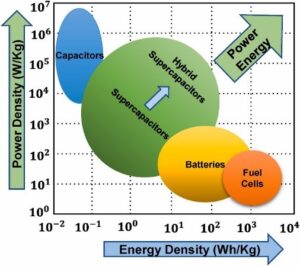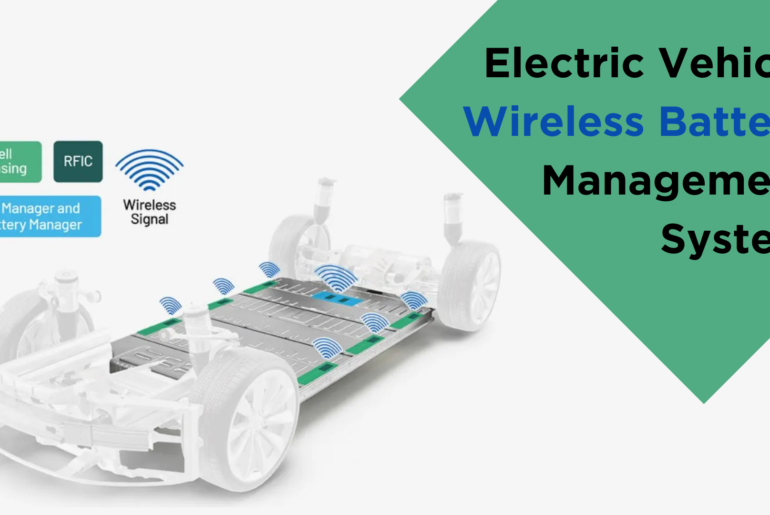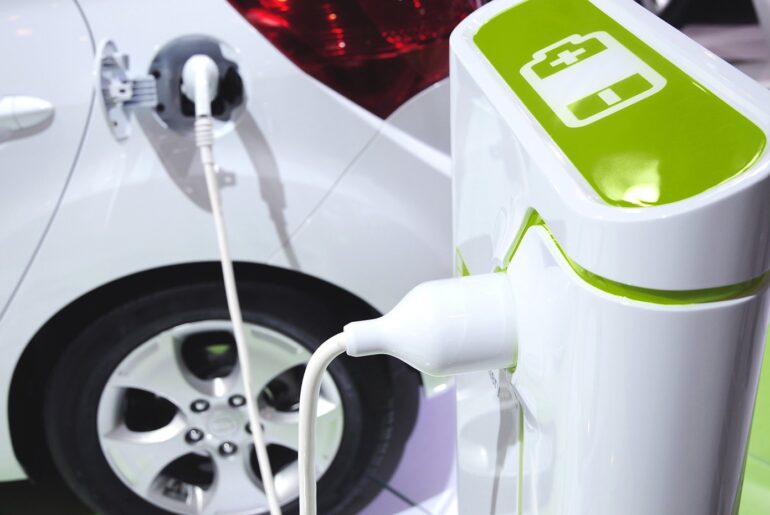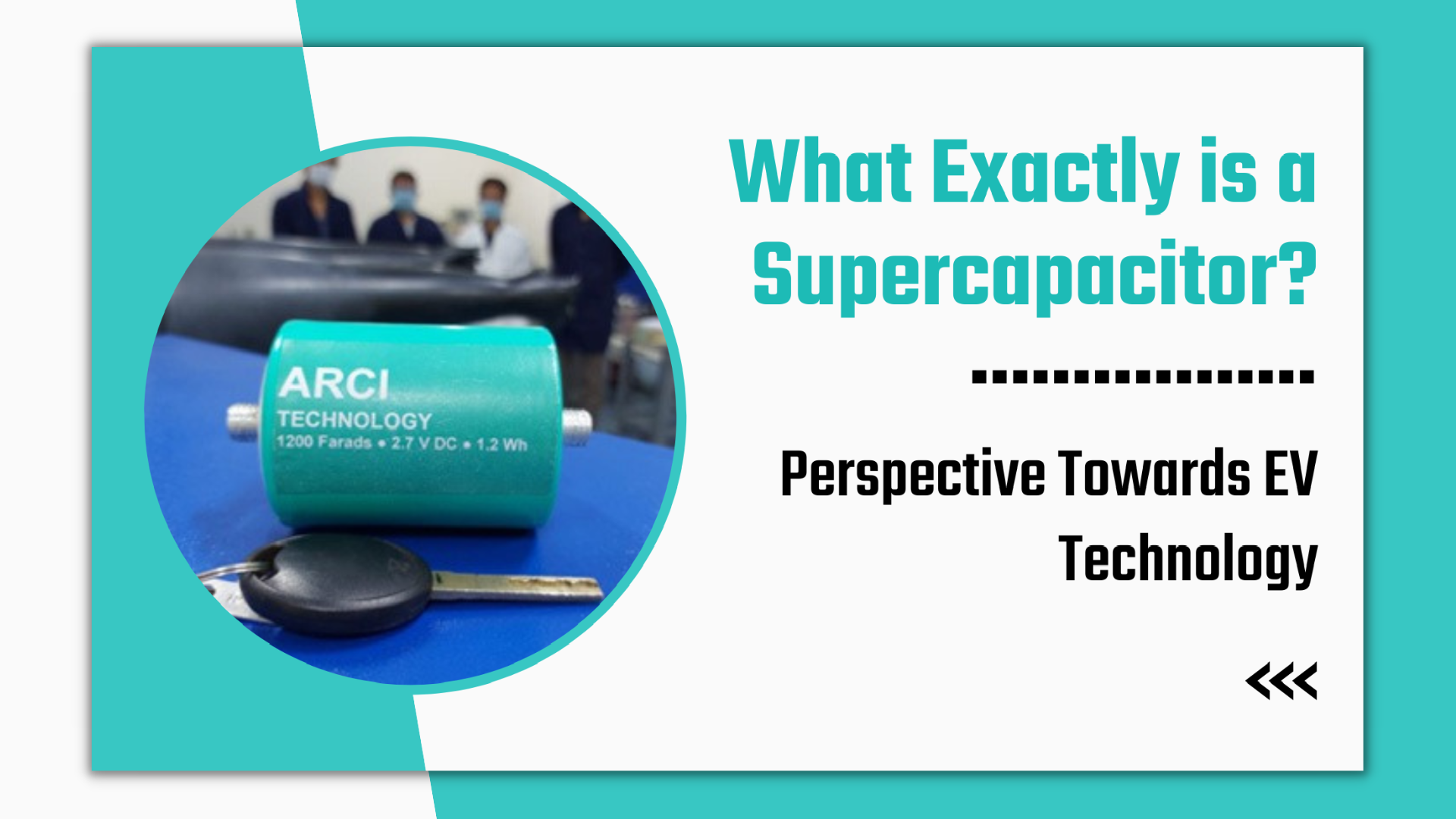
- 0 comments0
- 1 view
By componentcart
Vivamus tristique ligula quis orci malesuada tincidunt. Praesent magna purus, pharetra eu eleifend non, euismod vitae leo. Interdum et malesuada fames ac ante ipsum primis in faucibus. Quisque sapien enim, feugiat et mi vel, fermentum placerat tortor.
The EDLC-type supercapacitor is well-known for having a high-power density but low energy density. This is one of the disadvantages of its applicability for a wide range of devices. Scientists working hard to increase the energy density of supercapacitors by various techniques, The notion of pseudo-capacitance is introduced to address the issues. Pseudo-capacitors feature a combination of charge storage mechanisms: Faradic (battery-like) and non-faradic (EDLC-like). As a result, the device’s performance boosts energy density by 10- 20 times compared to EDLC-based supercapacitors.
Difference between Supercapacitor and Battery
Supercapacitors and batteries differ in several aspects. The most significant one is the electrostatic surficial charge storage mechanism which quickly stores and supplies vast amounts of energy. That is high power density compared to batteries’ electrochemical charge storage like intercalation and deintercalation of ions, i.e. Na in sodium-ion battery and Li in Lithium-ion battery. Because of the charge storage mechanism of batteries i.e., redox reaction and phase change process leads to slow charging and discharging. The amount of energy storage in a supercapacitor is 5-10 times less than the batteries because of a different method of charge storage. That’s why supercapacitors have low energy density. Another aspect is the higher cycle life of supercapacitors than batteries because they can withstand a higher number of the charge-discharge cycle before significant degradation of performance, making supercapacitors more durable. Presently, the supercapacitor field is new compared to a battery, which makes it costlier, but the device’s durability makes it most cost-effective in specific applications. The two types of devices are differentiated by their energy and power densities on the Ragone plot presented below.
Application of Supercapacitor Devices in regenerative braking of EVs
A prime example is the massive surge in efforts to conserve non-renewable energy and develop other ways to create renewable energy by harnessing waste heat to do useful work. In this regard, researchers are working on one of the technologies to extract energy from the kinetic energy when the vehicle applies the brakes. They are successful in extracting and converting it into electrical energy. Still, this energy conversion process is rapid, and we need some energy storage devices for that purpose battery came to our mind. Still, due to low power density battery is unable to work in this situation, but one of the devices that can work is a supercapacitor because of its high power density and extensive life cycle. Maxwell Technologies have installed several regenerative braking devices on American light rail trains. Further applications of Supercapacitors are shown in the diagram below
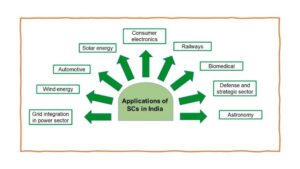
Reference:https://e-vehicleinfo.com

